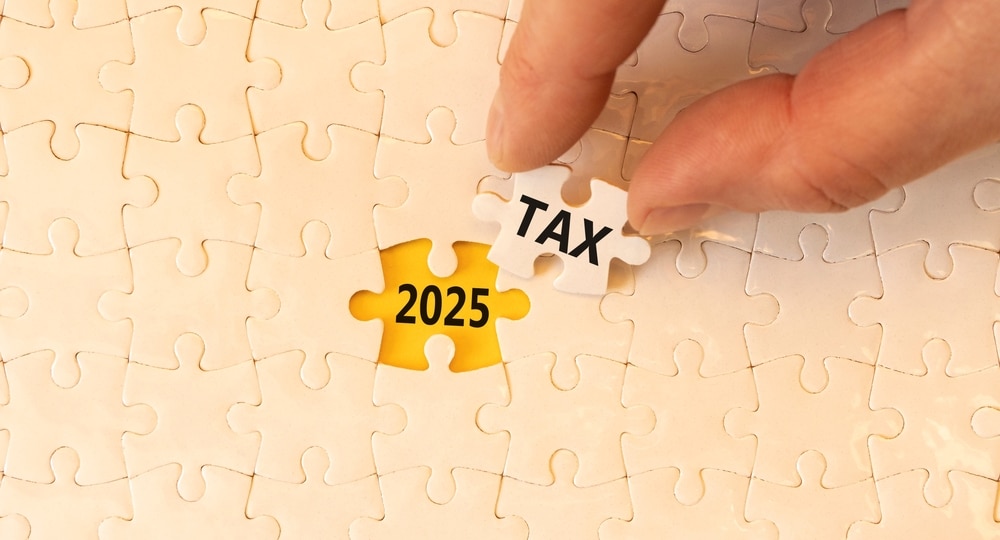Key Changes in Budget 2025 Income Tax

The recent Budget 2025 announcement has brought significant changes to the income tax structure in India. The Finance Minister emphasized the importance of taxation reforms in achieving the vision of “Viksit Bharat.” The proposed amendments aim to simplify tax regulations and make them more responsive to the needs of citizens. This article outlines the key changes that individual taxpayers should be aware of, including new tax slabs, a revised income tax bill, and rationalization of existing provisions.
Introduction of a New Income Tax Bill
One of the most notable proposals in Budget 2025 is the introduction of a new income tax bill. This bill aims to simplify the existing tax laws, which are often seen as complex and cumbersome. The government plans to reduce the current law by nearly half in terms of chapters and words. This simplification is expected to lead to greater tax certainty and reduced litigation. By making the tax code clearer and more direct, both taxpayers and tax administrators will find it easier to understand and comply with the regulations.
The new bill is designed to address the concerns of taxpayers who have often struggled with the intricacies of the existing tax framework. The government believes that a simpler tax code will encourage compliance and reduce the burden on taxpayers. This move is part of a broader strategy to enhance transparency and efficiency in the tax system. As taxpayers become more informed about their obligations, the government anticipates a smoother tax collection process.
Revised Tax Slabs and Rates
The Budget 2025 also proposes significant changes to the tax slabs and rates under the Concessional Tax Regime (CTR). The new tax structure aims to benefit taxpayers across various income levels. The proposed tax slabs are as follows:
- Up to INR 4,00,000: NIL
- INR 4,00,001 to INR 8,00,000: 5%
- INR 8,00,001 to INR 12,00,000: 10%
- INR 12,00,001 to INR 16,00,000: 15%
- INR 16,00,001 to INR 20,00,000: 20%
- INR 20,00,001 to INR 24,00,000: 25%
- Above INR 24,00,000: 30%Additionally, the government has proposed to increase the threshold for rebate under the CTR from INR 7 lakhs to INR 12 lakhs. This change will raise the rebate amount from INR 25,000 to INR 60,000. As a result, individual taxpayers with an income of up to INR 12 lakhs will not have to pay any income tax. This adjustment is expected to enhance disposable income for middle-class taxpayers, thereby boosting consumption and savings.
Rationalization of TDS and TCS Provisions
In an effort to simplify tax regulations, the government has proposed a series of measures to rationalize Tax Deducted at Source (TDS) and Tax Collection at Source (TCS) provisions. These changes are designed to make compliance easier for taxpayers. For instance, the threshold for TCS on remittances made under the Liberalised Remittance Scheme (LRS) has been increased from INR 7 lakhs to INR 10 lakhs. Moreover, the TCS on remittances for education purposes made from loans taken from specified financial institutions has been removed.
The government has also proposed changes to the TDS thresholds for various payments. For example, the threshold for TDS on interest from securities and dividends has been raised from INR 5,000 to INR 10,000. These changes aim to reduce the compliance burden on taxpayers and encourage more individuals to engage in financial activities without the fear of excessive taxation.
Observer Voice is the one stop site for National, International news, Sports, Editor’s Choice, Art/culture contents, Quotes and much more. We also cover historical contents. Historical contents includes World History, Indian History, and what happened today. The website also covers Entertainment across the India and World.

